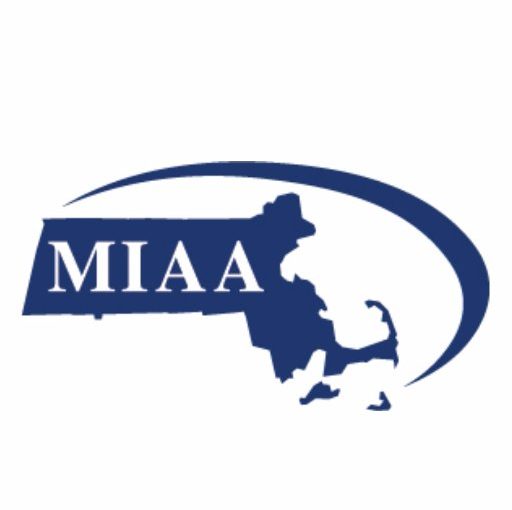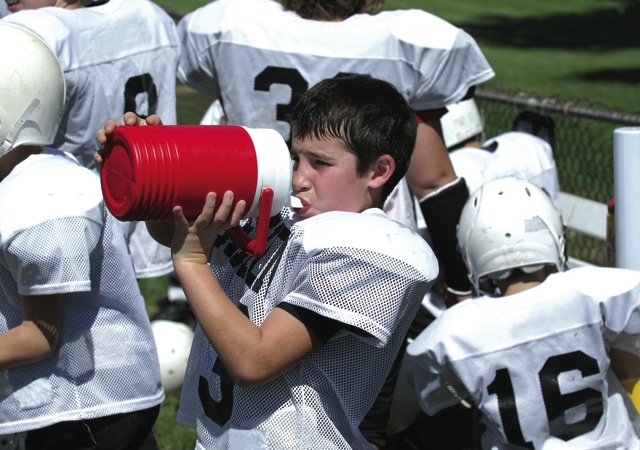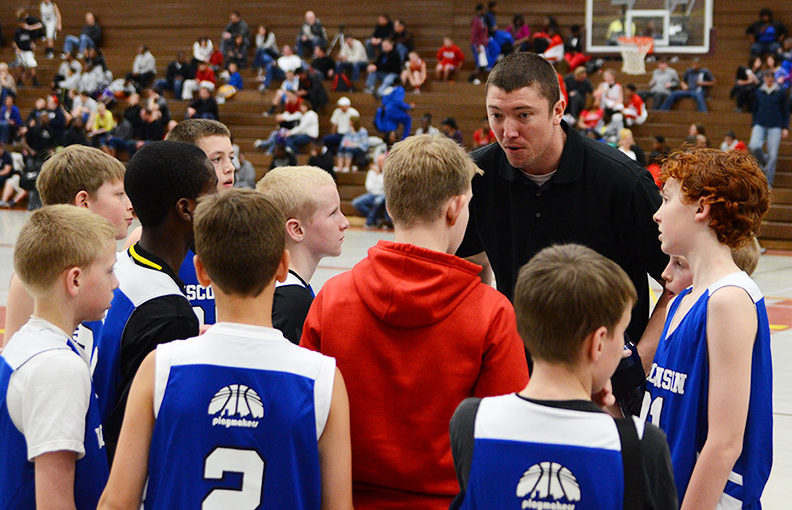Coach certification is vital to schools
 In most professions, individuals must meet high standards and earn a certification or license. This includes lawyers, medical doctors, plumbers and truck drivers.
In most professions, individuals must meet high standards and earn a certification or license. This includes lawyers, medical doctors, plumbers and truck drivers.
In education, teachers have to earn an instructional certificate in their subject matter, while principals and superintendents have to take additional courses to earn a supervisor’s or administrative certificate. Certification requires advanced training resulting in increased competency, skill and knowledge. Why should it be any different for coaches?
The answer is that it shouldn’t. Coaches are entrusted with the growth and development of young people, so we shouldn’t allow any warm body to fill the position. Coaches need to be educated and certified, and not all teachers are automatically prepared and qualified to coach. They too need additional training to serve in this position.In terms of coaching education and certification, there are basically two categories. There are sports like soccer, volleyball, track and field, and lacrosse that offer instruction and education in the areas of skill development and strategy. While these are important for coaches, they don’t include sportsmanship, leadership, character development and team building, which are key to education-based athletics.
The education-based athletics philosophy is critical for high school programs. Several years ago, one national association leader stated this crucial issue very clearly.
“If athletics doesn’t have and retain educational value and outcomes, it simply doesn’t belong in high schools,” they said. “Other organizations will be better positioned to take over. Educational, life-long values and qualities are what distinguish our programs.” Coach education and certification must be based upon this premise, and not simply sport-specific aspects.
In 1995, 250 sports organizations met to identify the elements and aspects essential to quality coaching. They came up with eight domains and 40 standards to support these categories. The National Standards for Sports Coaching should be the guiding principles for coaching education. These standards have been revised, and this process should continue in the future.
In addition to the creation of National Standards, the issue of accreditation came to the forefront. In 2000, the National Committee for Accreditation of Coaching Education was formed to review, evaluate and recommend programs for accreditation. As a basis for this process, the council uses the National Standards for Sports Coaching as their framework.
By using the National Standards and being accredited, the approved organizations meet the highest requirements and benchmarks, which is the same concept that all secondary schools and colleges go through. Every 10 years, schools must have their accreditation renewed. This provides credibility and helps to avoid liability issues.
 Two programs for high school coaches are the ASEP Coach Education Program produced by Human Kinetics, and the NFHSLearn program produced by the National Federation of State High School Associations. They both include and cover the national standards and are accredited by the National Committee for Accreditation of Coaching Education. The ASEP program was originally designed for youth-level coaches, and the NFHS program was specifically created for coaches at the interscholastic level. The National Interscholastic Athletic Administrators Association endorses the NFHS Coach Certification initiative.
Two programs for high school coaches are the ASEP Coach Education Program produced by Human Kinetics, and the NFHSLearn program produced by the National Federation of State High School Associations. They both include and cover the national standards and are accredited by the National Committee for Accreditation of Coaching Education. The ASEP program was originally designed for youth-level coaches, and the NFHS program was specifically created for coaches at the interscholastic level. The National Interscholastic Athletic Administrators Association endorses the NFHS Coach Certification initiative.
The NFHS Coach Certification program consists of two levels: The Accredited Interscholastic Coach (AIC) and Certified Interscholastic Coach (CIC) certifications. While the NFHSLearn Center has courses for student-athletes, officials and parents, most offerings are intended for coaches. These courses provide the basis for both certifications.
The courses are all offered online and vary in cost. The basic core courses — Fundamentals of Coaching and First Aid, Health and Safety — can also be tailored depending on a coach’s state requirements. Among the offerings, there are 26 free courses which can be used in an individual school’s professional development program.
The requirements for the AIC Certification are as follows:
- Fundamentals of Coaching.
- Concussion in Sports.
- First Aid, Health and Safety (completed in the last three years).
- A sport-specific coaching course.
To earn the CIC Certification, a coach needs to complete all of the AIC courses, plus:
- Bullying, Hazing and Inappropriate Behavior.
- Strength and Conditioning.
- Teaching and Modeling Behavior.
- Engaging Effectively with Parents.
- Sportsmanship.
- Two additional courses chosen by the coach.
Many states use some of the NFHS courses, or even level-one certification, as a requirement to coach in their member schools. Coaches can check the various state requirements at the NFHS website, which is routinely updated to provide the most recent and accurate information. In addition to the state requirements, the NFHS website provides coaches with course descriptions and cost.
Because courses are offered online, coaches can log on whenever it’s convenient. Coaches have one year to finish and access the course after the date of registration.
Coaching education and certification is vital for your coaches. It provides an element of professionalism and an ongoing process for growth and development, and the student-athletes are the ultimate beneficiaries. Considering that the NFHS program incorporates the National Standards, is designed specifically for interscholastic coaches, and is accredited, it really is the best option. Don’t miss an opportunity to get your coaches the proper training.
David Hoch, CMAA, has 16 years of experience as a high school athletic director and served for 12 years as the executive director of the Maryland State Coaches Association. In 2000, he was named Athletic Director of the Year by the Maryland State Athletic Directors Association. His column, A.D.ministration, focuses on issues in athletic administration and appears regularly in Coach & Athletic Director magazine.





